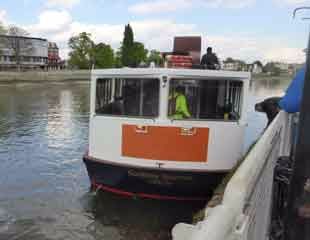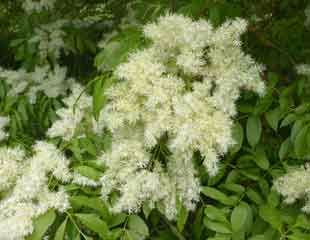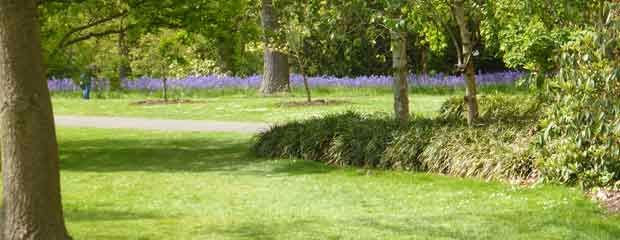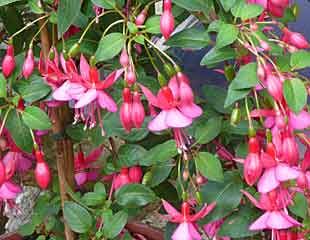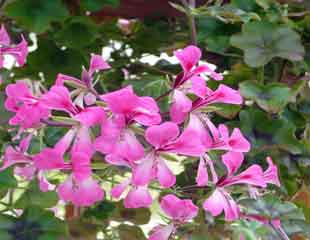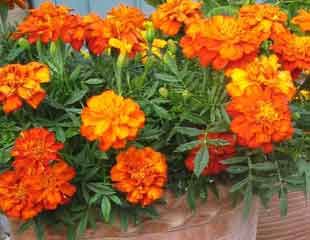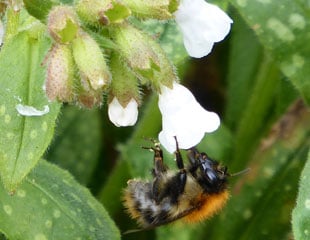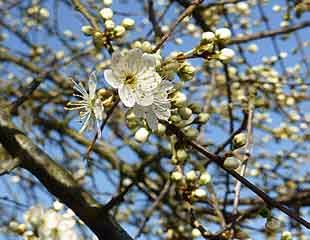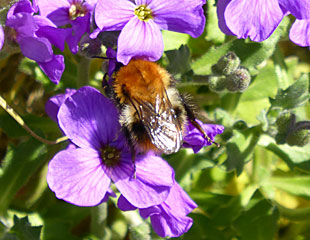What to plant out in May
Posted on
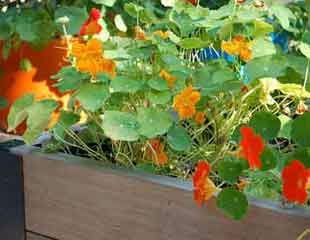 |
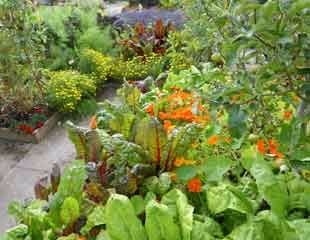 |
|
May is such a busy time, it is hard to know what to plant first. Given that May is still Spring, and we can still have cold spells and frosts, it is best to keep the more tender plants, courgettes, squash, cucumber, annuals such as Ipomoea (Morning Glory) in the greenhouse. This is a good time to plant out Broad beans and Peas which are more hardy but for now I have left the runner beans and french beans in root trainers in the greenhouse. Both Beans and Peas need some support and there are lots of commercially available supports and nets. One of the plus points of visiting great gardens, such as RHS Harlow Carr which I dropped into last week, is for ideas and inspiration. I have been moving away from commercial metal supports for some time and the veg plot in Harlow Carr is full of twigs and pruning from various trees and shrubs to make plant supports. Taking a leaf out of an RHS garden is always a good guide, and so I constructed a pea teepee and a tunnel for the broad beans with twigs to stop them from flopping. Using prunings from the garden is a great way to get plant supports for free. (More information about making free plant supports.) Cutting back the Cornus produces some lightweight supports for small plants. Removing an Elaeagnus has made some fabulous sturdy supports with great shapes currently supporting several Peonies. Conifers, with their feathery branches, make good supports for all types of plants and are used here as supports around the sweet peas. I love the trend for planting annuals in with vegetables for colour and pollination, and it makes the veg plot look very pretty. Over the years at many of our leading gardens I have seen some great displays of veg and annuals, the image below is Harlow Carr again and another from Ness Botanical. Not to be outdone, (although I most certainly will be,) I have planted Calendula, the English Pot Marigold around the edge of the broad beans, and a run of trailing Nasturtium along the raised bed edging the Onions and Garlic. RHS are the professionals, and their beds look immaculate, neat and regular and in fact I spotted a gardener with a tape measure in the vegetable plot when planting out which is just a tad beyond my patience. But then I don't have thousands of people visiting as RHS Harlow Carr will for the flower show on the 23rd-25th June which is definitely worth a visit. May is also an ideal time for planting out Sweet Peas which again need support. Sweet peas grow tall, up to and over 2m (around 6ft) so need a good run. Grown up a traditional, albeit rustic, arch they can look very effective. |
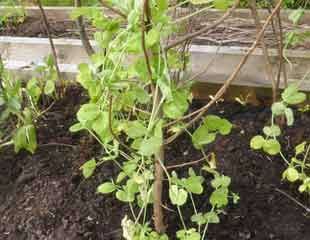 |
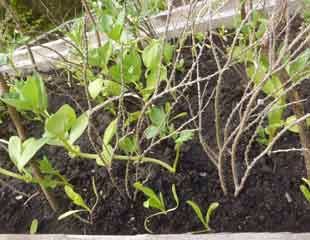 |
 |

